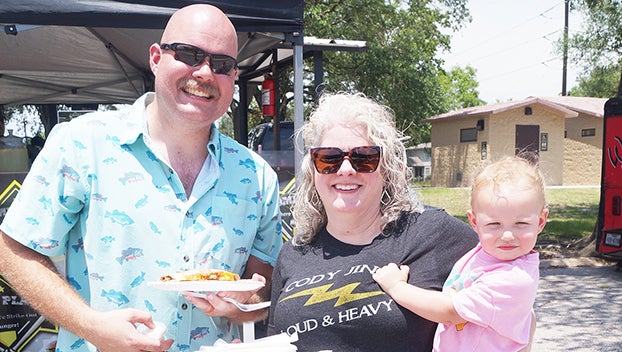TEXAS RURAL HOSPITAL ORGANIZATION PREDICTS HOSPITAL TROUBLES FAR FROM OVER
Published 8:33 am Friday, August 14, 2015
Special to The Leader
AUSTIN, Texas — The rural hospital crisis in Texas continues as a number of rural hospitals remain in financial distress and more could be on the brink of closure. As part of a national trend, many Texas rural hospitals continue to struggle, which is the result of cuts in Medicare and Medicaid payments over the past four years. Those cuts are resulting in an annual loss of revenue totaling almost $100 million for Texas 171 rural hospitals.
According to David Pearson, CEO of the Texas Organization of Rural & Community Hospitals (TORCH), “Thirteen (13) Texas rural hospitals have closed since January 2013 and a similar number could be padlocking their doors in the next year if these hospitals don’t see their full payments restored.” Nationwide, fifty-six (56) rural hospitals have closed over a similar period and studies show that another 283 are considered to be at risk nationwide.
Pearson adds that “the challenge for rural hospitals varies from community to community, but the crushing blow for many is the large Medicare and Medicaid cuts. Some good news is that Texas rural hospitals will see some slight financial relief soon as the Texas Legislature is restoring many of the past Medicaid cuts effective September 1, 2015. However, restoring those payments will only reduce the total cuts by approximately one third and that this partial state-level relief may be coming too late for some facilities. Also, Congress has yet to step up and address many of the damaging Medicare cuts made to hospitals.”
Don McBeath, Director of Government Relations for TORCH says, “We are sensitive to the budget deficit in the country, but rural hospitals didn’t create that budget deficit. Plus, the cuts in Medicare and Medicaid have a much stronger impact on our rural hospitals, since they often treat a higher percentage of Medicare and Medicaid patients.”
“Urban hospitals may have other avenues to recover from cuts,” McBeath adds, “but rural hospitals do not.”
According to TORCH, many rural hospitals have always struggled because of different operating dynamics such as caring for a higher percentage of elderly and poor patients, as well as operating with a near negative financial margin due to lower patient volumes, dramatic swings in patient numbers from day to day, medical staff recruitment challenges which in turn drive up payroll costs, and a general lack of economies of scale that can be derived through high-volume purchasing.
TORCH also notes that hospital closures are devastating to a rural community. In a small town, hospitals are critical to their local economy – often one of the top three largest employers with the highest paying jobs – and a key to their economic development. If hospital employees are forced to relocate following a closure then that leads to a reduction of dollars flowing into the local economy.
Closures also lead to tragedies. On August 12, 2013, days after Shelby Regional Medical Center in Center, Texas closed its doors; a family rushed their 18 month old infant to the hospital while the child was choking on a grape. Finding the hospital closed, the child died before they could get to the next nearest hospital to receive the life-saving care that they would otherwise have received locally.
Pearson says his organization is working feverously with its member hospitals to help them find ways to survive and he “hopes the restoration of state Medicaid dollars and a quick response from Congress will end the crisis, but probably not before more rural hospitals close their doors in Texas.”





